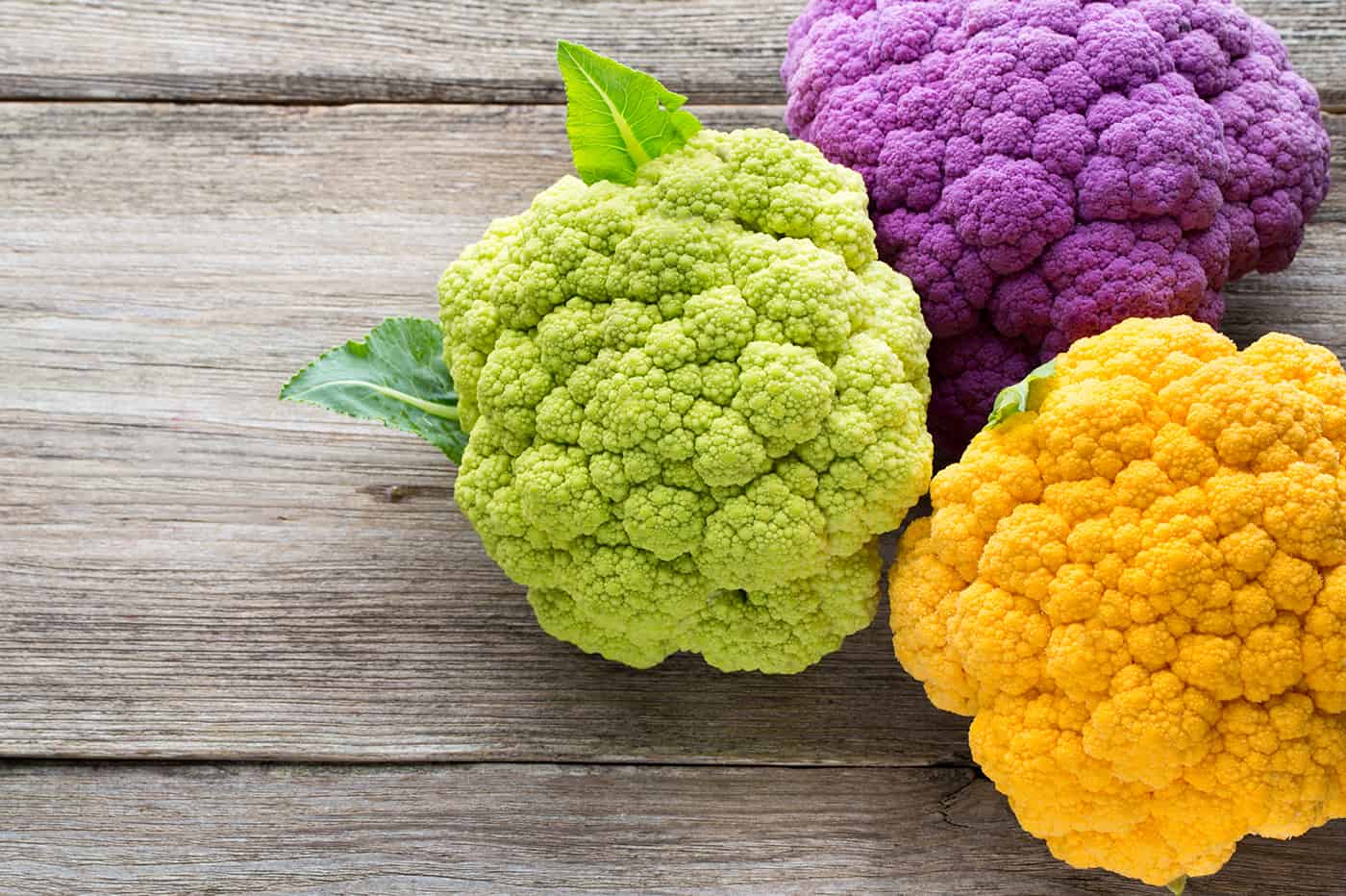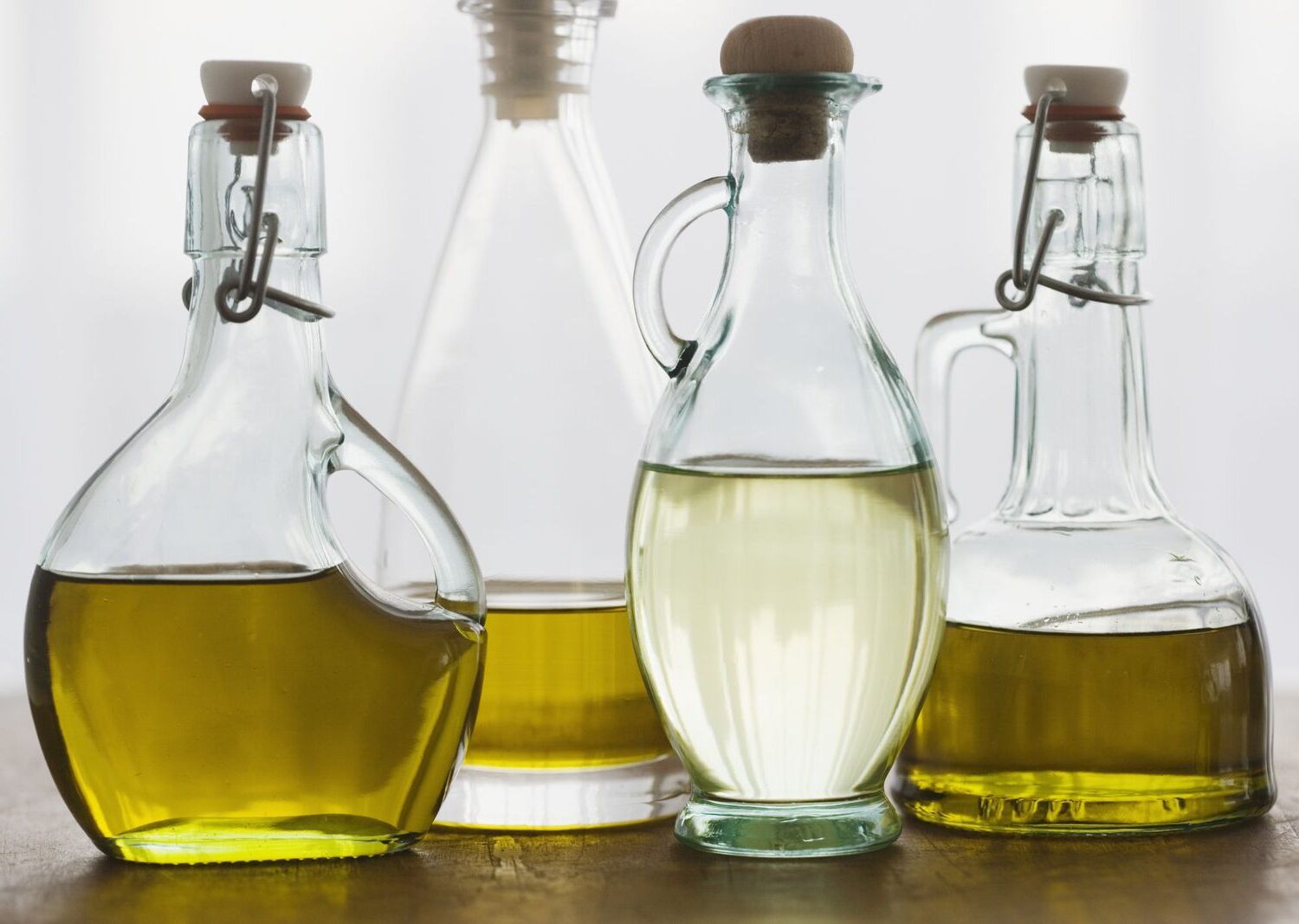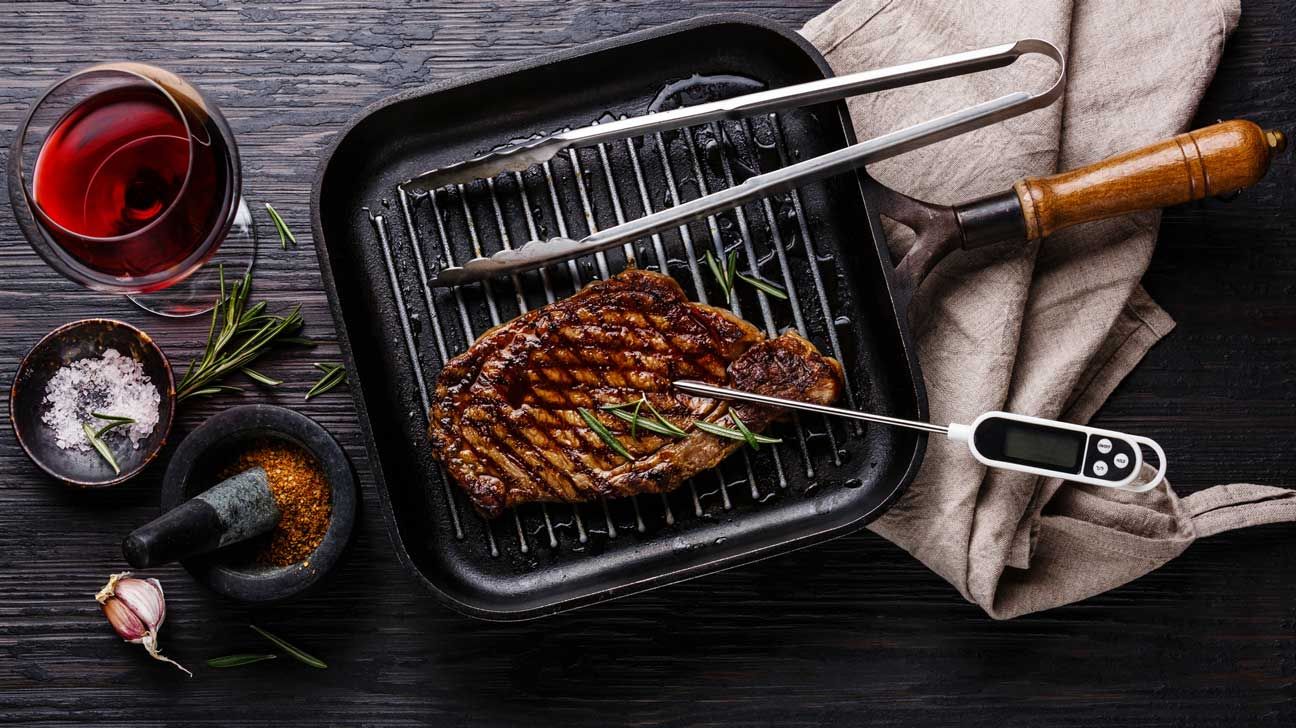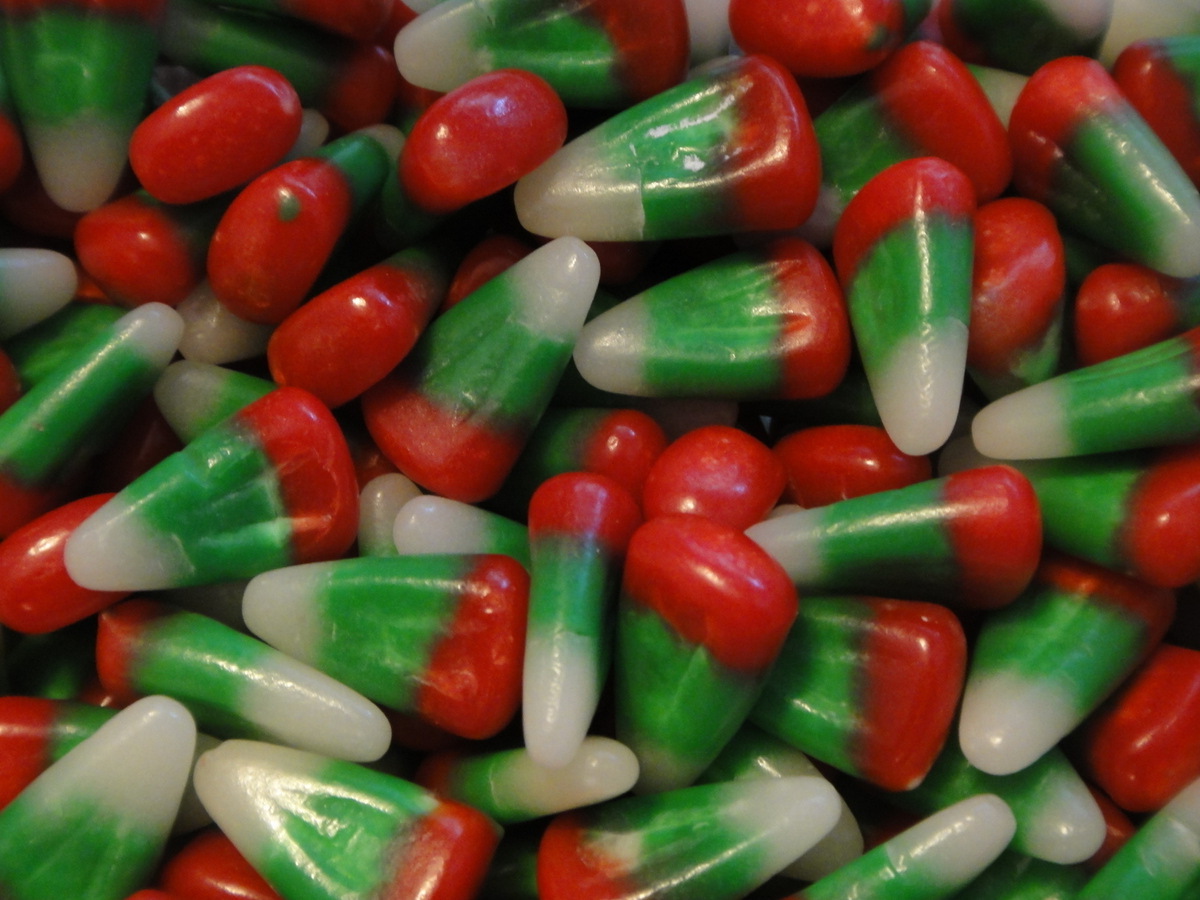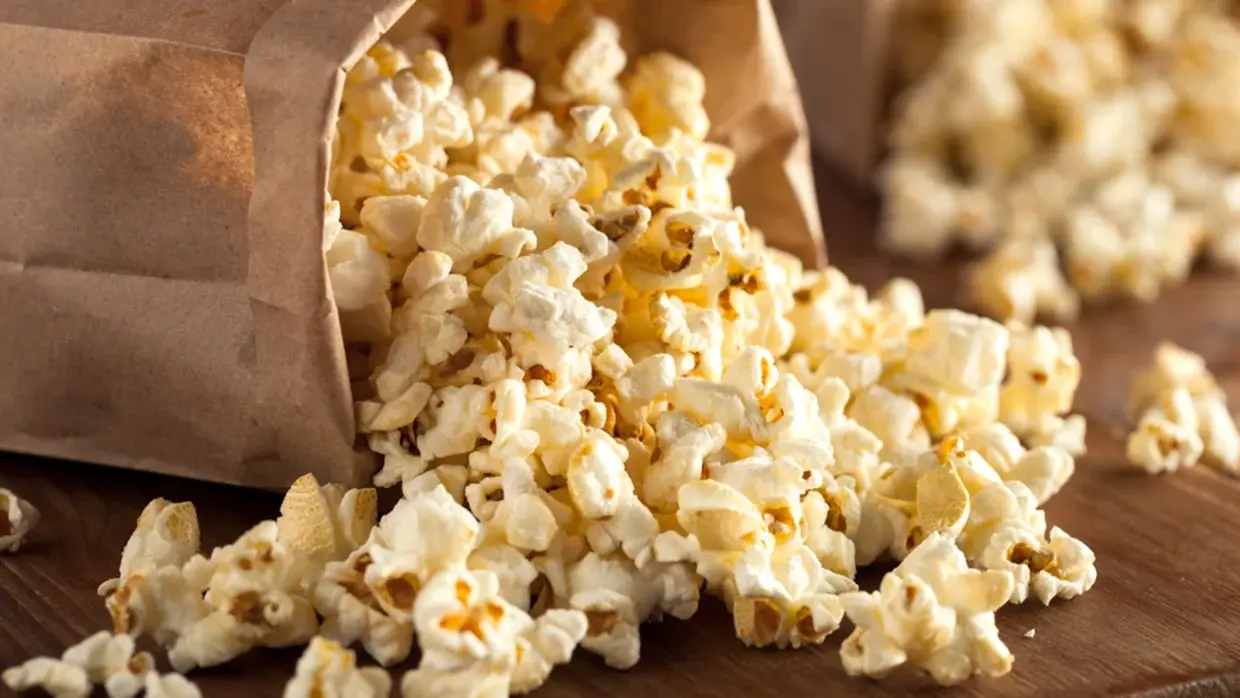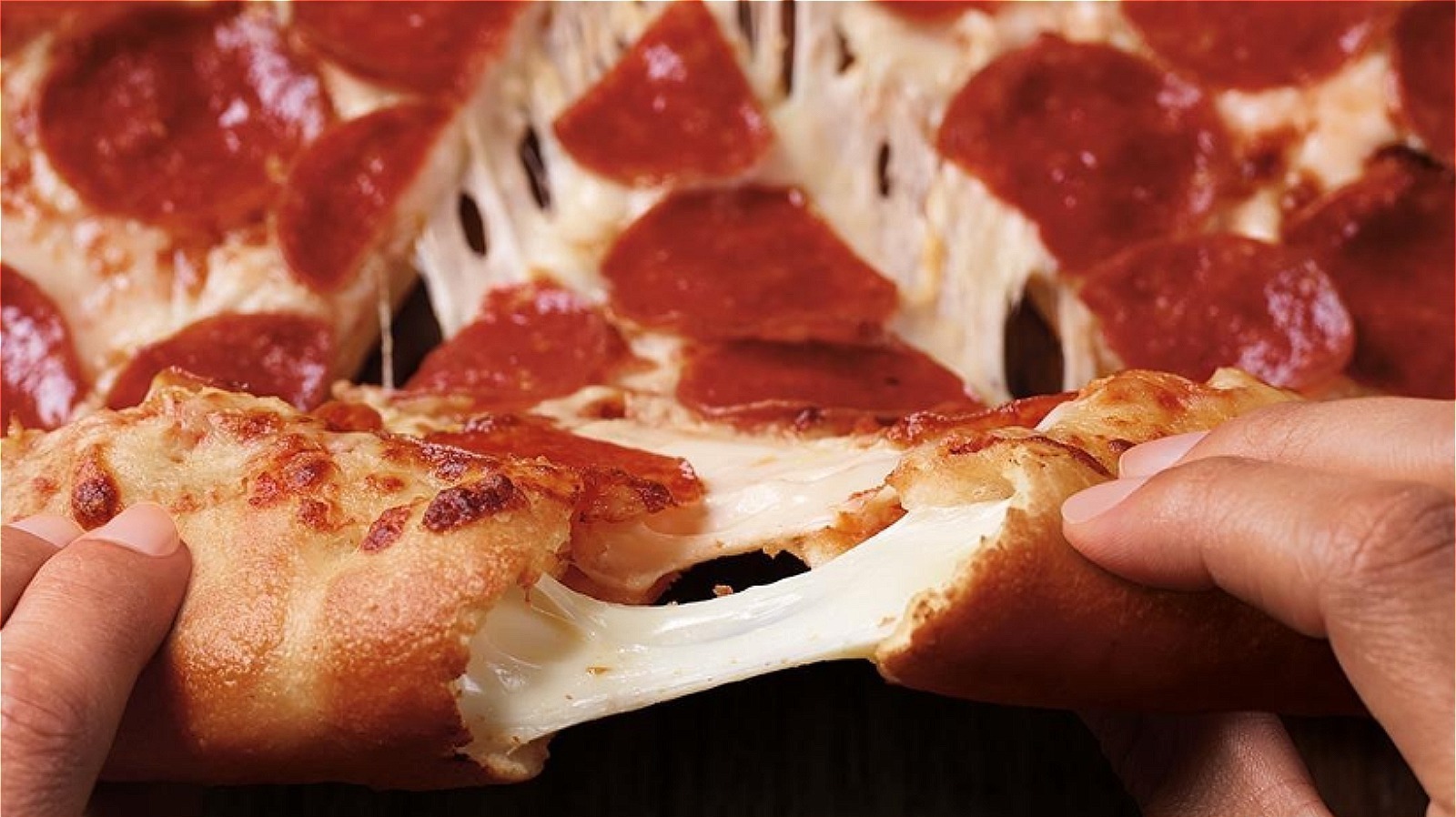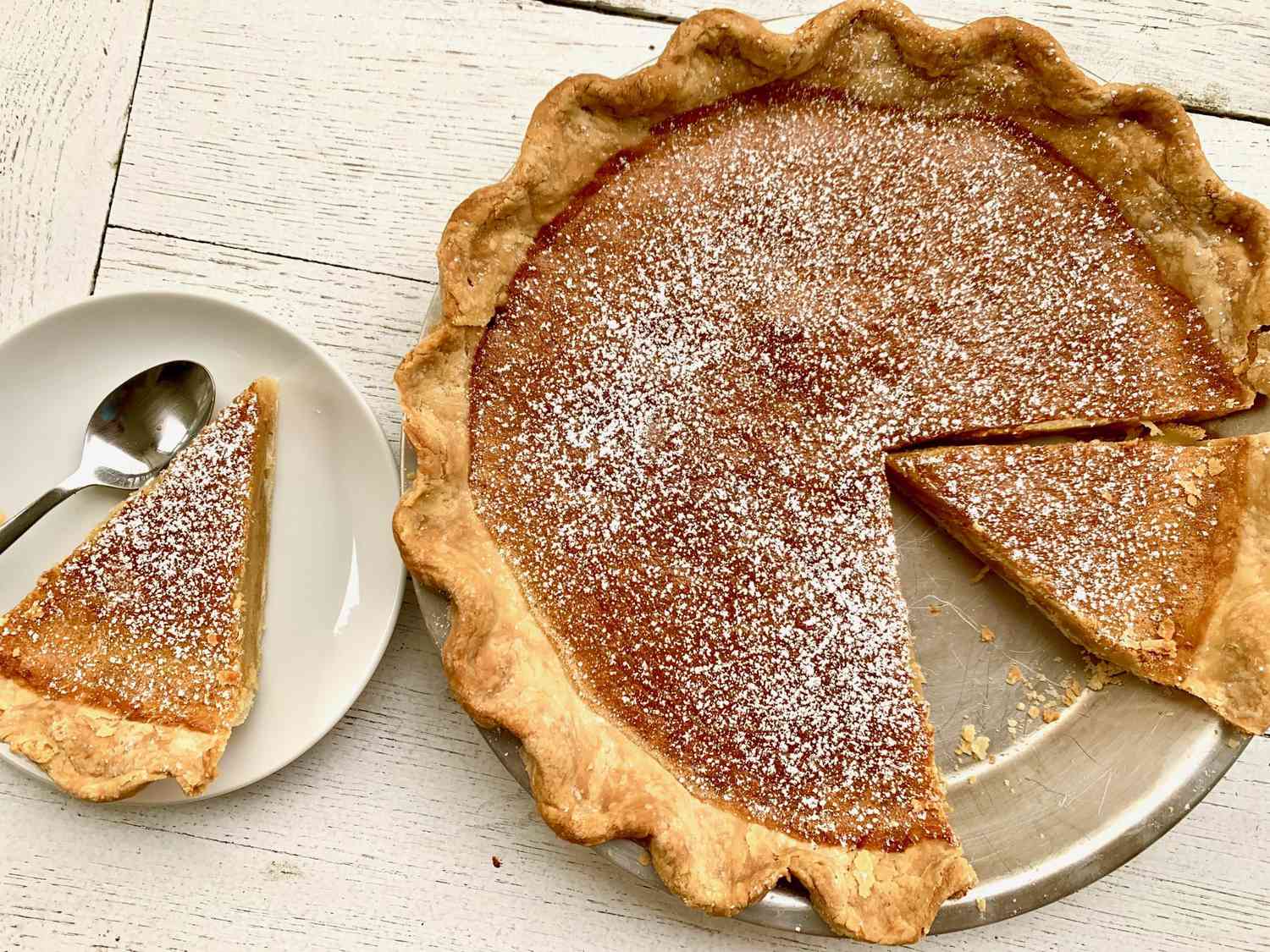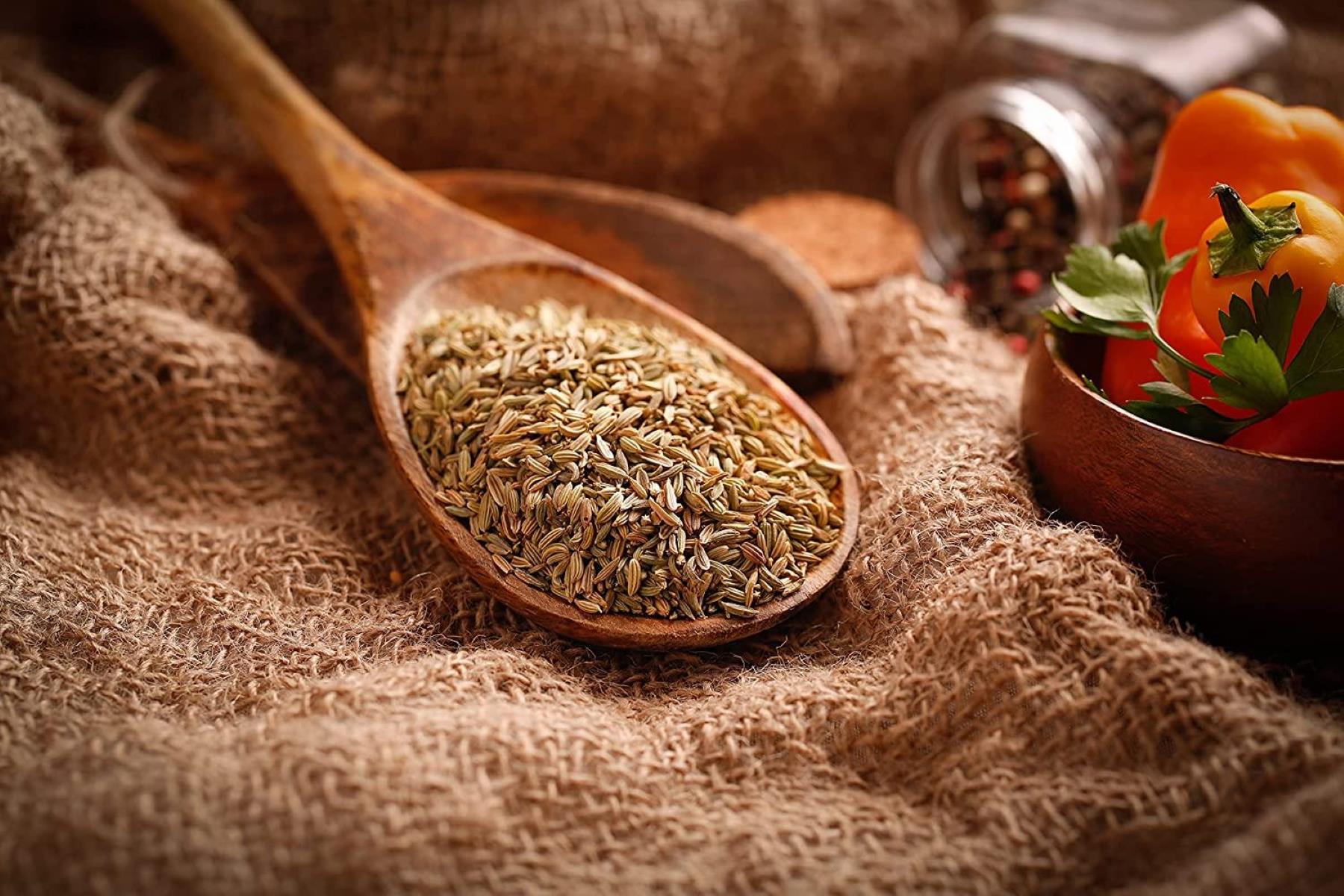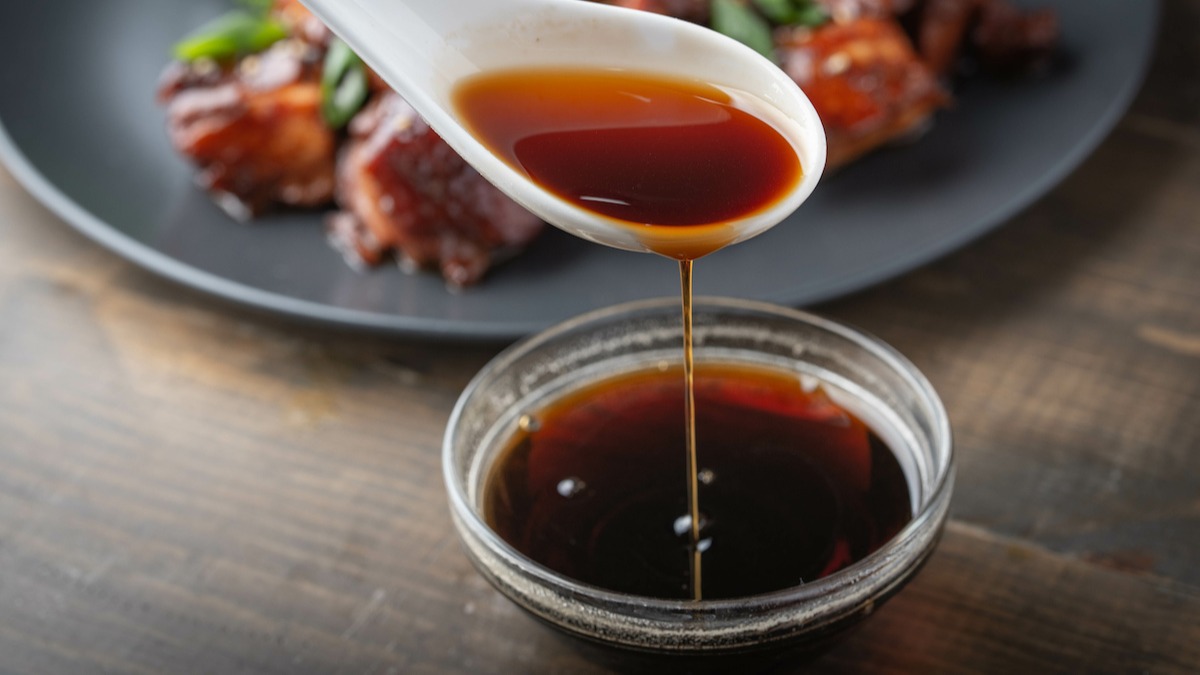The Fascinating History of Chocolate
Chocolate is a beloved treat enjoyed by people all over the world. But have you ever wondered about its origins and how it became the sweet delight we know today? Let’s take a journey through time to explore the fascinating history of chocolate.
The Ancient Beginnings
Chocolate has a rich and ancient history that dates back to Mesoamerica, where the Olmec, Maya, and Aztec civilizations first cultivated the cacao tree. The cacao beans were highly valued and were used to create a bitter, frothy beverage that was enjoyed during religious ceremonies and special occasions.
It wasn’t until the arrival of the Spanish conquistadors in the 16th century that chocolate made its way to Europe. The Spanish added sugar and other flavorings to the bitter cacao beverage, transforming it into a sweet indulgence that quickly gained popularity among the European elite.
The Rise of Chocolate as a Global Sensation
As chocolate gained popularity in Europe, the demand for cacao beans grew, leading to the establishment of cacao plantations in tropical regions such as the Caribbean and West Africa. The Industrial Revolution further transformed the chocolate industry, making mass production and distribution possible.
Milk chocolate was invented in the 19th century when a Swiss chocolatier added milk powder to chocolate, creating a smoother and creamier confection that appealed to a wider audience. This innovation marked the beginning of the modern chocolate industry as we know it today.
Chocolate in the Modern Era
Today, chocolate is enjoyed in various forms, from decadent truffles and creamy bars to rich hot cocoa and indulgent desserts. The global chocolate industry is worth billions of dollars, with a wide range of brands and flavors available to consumers around the world.
Fair trade and sustainable practices have also become important considerations in the chocolate industry, with an increasing focus on ethical sourcing and production methods. Consumers are becoming more conscious of the origins of their chocolate and the impact of their purchasing decisions on the environment and the communities involved in cacao production.
Conclusion
The history of chocolate is a tale of cultural exchange, innovation, and indulgence. From its ancient origins in Mesoamerica to its widespread popularity in the modern era, chocolate has evolved into a beloved treat that brings joy to people of all ages. As we continue to enjoy chocolate in its many forms, it’s important to appreciate its rich history and the efforts to ensure its sustainability for future generations to savor.
So, the next time you savor a piece of chocolate, take a moment to reflect on the centuries of history and craftsmanship that have gone into creating this delectable delight.
Was this page helpful?
Read Next: What Is Fake Lobster

